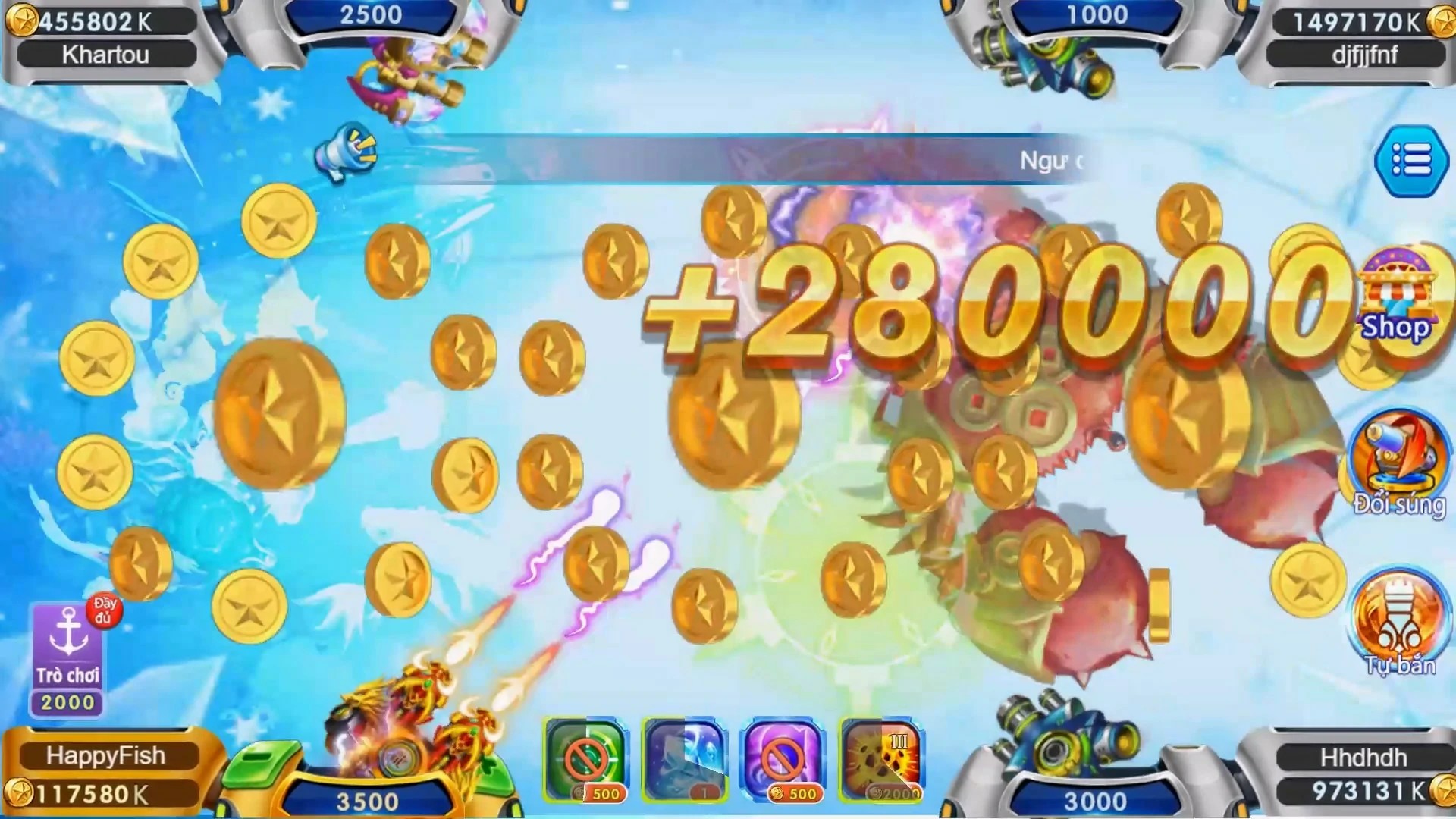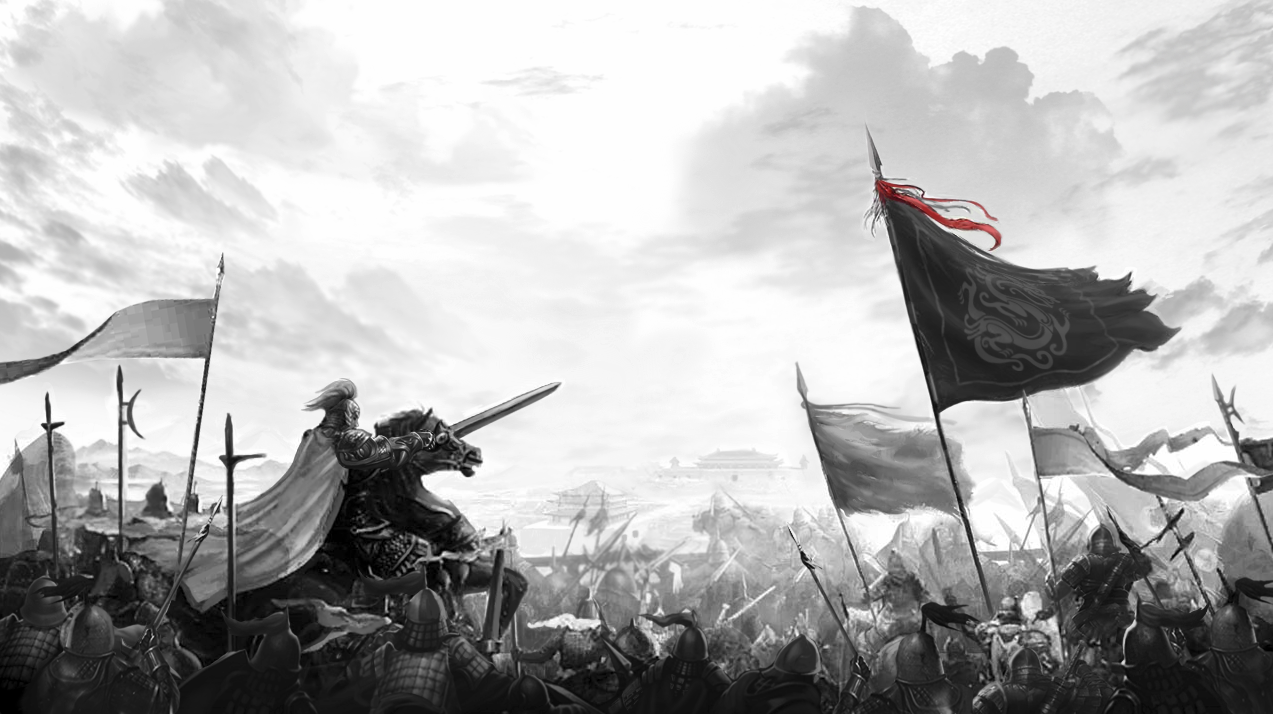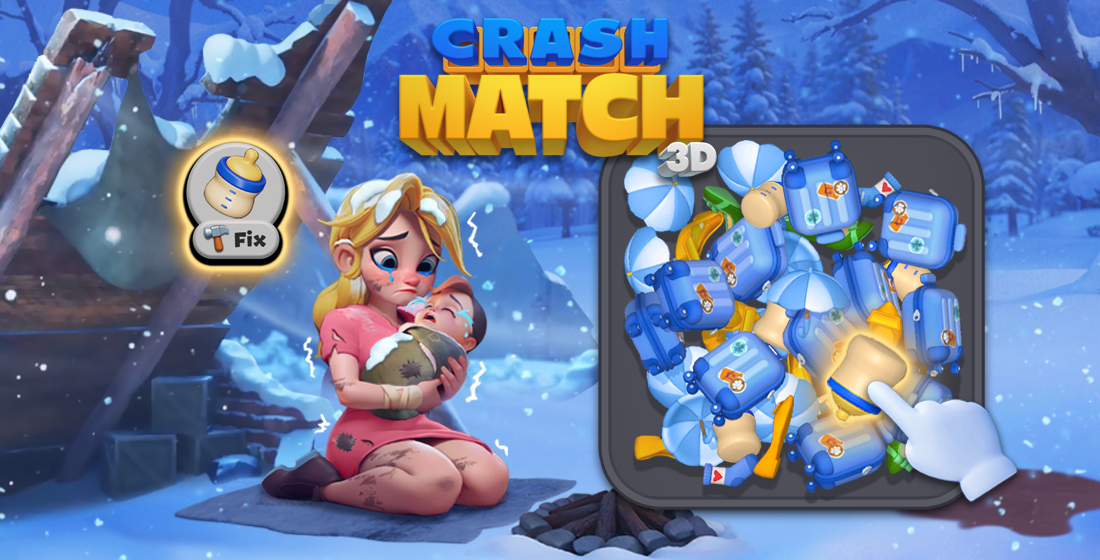Why Puzzle Games Are More Than Just Playtime
Let’s get real for a sec. When you see your kid staring at a tablet, lost in a world of tiny tiles and weird shapes, you might think: “Are they really learning or just zoned out?" Honestly? Both. And that’s kinda the beauty of puzzle games. They look simple—maybe even boring from an adult POV—but beneath the flashy colors and bouncy music is a sneaky little engine that’s firing up those young brains.
I remember watching my niece play some pixel-heavy riddle thing where she had to rearrange forest animals into a sequence that made “sense." At first, I laughed. Who cares if the fox sits next to the raccoon? But then—boom—she started explaining food chains. Like, actual ecosystem logic. That’s when it hit me: games that seem like digital candy often pack real educational games muscle underneath.
What Makes a Puzzle Game Actually Educational?
Not every jigsaw with a dinosaur theme is gonna make your 6-year-old a paleontology pro. The difference? Design. A truly smart puzzle games isn’t just about drag-and-drop; it teaches logic, pattern recognition, memory, and sometimes even emotional regulation.
Take visual matching games. You’d think it’s just memory play, but when levels get longer and distractions pop up—colors shift, background moves, music intensifies—your kid is doing mental gymnastics. They’re filtering noise, building attention span, multitasking. All before snack time.
Signs of a legit educational puzzle game:
- Gradual difficulty ramp-up – no sudden jump from simple dots to calculus.
- Instant feedback – shows why something worked or didn’t.
- No pay-to-win mechanics – because kids aren’t ATMs.
- Minimal ads and popups – nobody needs a surprise “install this now!" mid-equation.
- Multilingual options – super helpful in bilingual homes or for learning a second language.
The Secret Sauce: Story-Driven Gameplay
Alright, confession time. I used to think stories in puzzle games were kinda pointless. “Just give ‘em the math, dude," I’d mutter. Until I played a game where you rebuild a broken robot village, one wiring puzzle at a time. The narrative wasn’t deep sci-fi, sure—but it had character. And my nephew? Wouldn’t stop till he “saved everyone."
This is where the second keyword sneaks in: best games with the best story. Kids don’t just learn better with narrative—they *care* more. A good story gives a *why* to the *what*. Instead of solving arbitrary logic puzzles, you’re opening a trapped door to save a pixel-pet. That’s motivation right there.
I’ve seen shy kids speak their first English words while trying to give orders in a quest puzzle. Real engagement. It’s not just fun—it’s functional.
Puzzle Games Kids Loved Back in 2018 (And Why They Still Work)
I know, “2018 rpg games" sounds ancient. But hear me out. A few gems from that era are still floating around, mostly because they were built with brains *and* heart. They didn’t rely on loot drops or flashy graphics. They used gameplay that held up, like Lego—simple design, endless replay.
Like *Monstrum* on tablets. Not scary like the adult version, mind you—this one was for 7–10 year olds, with riddles inside sunken pirate ships. Solve logic puzzles to dodge traps and unlock chests with animated sea creatures giving hints. The story? Rebuild your crew after the ship wrecked. Was it groundbreaking RPG design? No. But the emotional arc? A kid feeling responsible? Yes.
Another: *Tiny Town*. No combat, all puzzle-solving. You fixed infrastructure, sorted inventory, arranged events. But it had depth. Weather cycles. Day/night changes. Economy balance. All through drag-and-click tasks. I’ve seen 8-year-olds managing fake crop yields better than my college econ midterm.
Not All Fun, Not All Grit—A Balanced Mix
I won’t sell you the lie that every puzzle session is productive. Some days, your kid will just want something silly. That’s fine. The key is variety. Mix the brain-tweakers with the giggle-fests.
A game where you stack wobbly cakes while balancing physics and giggling at nonsense sound effects? Still learning. Spatial reasoning. Hand-eye. Reaction time. And hey, laughter is part of development too.
So no guilt if today’s pick is Panda Makes Rainbows: Puzzle Mode—yes, that’s a real title—instead of quantum physics simulators. Joy and learning don’t need to pick sides.
Top 8 Puzzle Games That Actually Boost Learning (For Real)
Alright, list time. Based on actual time-wasted tested-with-real-kids research (a lot at birthday parties and one tragic Thanksgiving), here’s what stands out—not because it's popular, but because it *works*.
- Thinkrolls: Kings & Queens – Logic meets fairy tales. Kids solve physics puzzles in castles and swamps.
- Lumosity Junior – Yep, same brand as the “for your grandma" brain game. But the kid mode? Spot on for pattern drills.
- Scribblenauts Remix – Type in any word, object appears. Then you combine things to solve puzzles. Vocabulary? Problem-solving? Wild creativity? All yes.
- DreamBox Learning – Not flashy, but schools use this. Adaptive math puzzles that adjust to your child’s speed.
- Cat Academy (Prodigy’s Puzzle Mode) – When the math RPG lets you break spells with fraction puzzles, you know education snuck in hard.
- JigSpace – 3D puzzles where you disassemble and rebuild machines. Okay, it’s mostly for teens, but some tweens can’t get enough.
- Pete the Cat: Rocking in My School Shoes – Rhythm-based puzzles tied to phonics. Music + reading? Underrated combo.
- The Room (Pocket Edition) – Wait—don’t panic. This isn’t the creepy one. It’s a cleaned-up, kid-safe version of the puzzle mystery. Locked boxes. Strange symbols. “Detective math." My cousin's daughter finished the whole game before Christmas. Said she felt “like Sherlock’s baby cousin."
The Best Way to Pick a Game? Ask Your Kid
Seems obvious, right? But most parents scroll app stores looking for “educational," “high rating," “award-winning." Cool. But if your kid yawns and exits in 30 seconds? Wasted 10 bucks.
Just show them the app icon and say, “This look interesting?" Watch their face. If the eyebrow twitches? Load it up. No long intros, no explanations. Jump in.
Kids don’t need to know they’re learning. They need to feel curious. Excited. Stuck, then proud. That’s how brains grow—not from forced drills, but from “I *want* to figure this out."
When Learning Hides in Plain Sight
Serious question: Why do so many parents stress that games should “look" educational? With bright flashcards, obvious quizzes, big “WELL DONE, BRAIN!" banners?
Honestly, the best educational games don’t slap you with their intelligence. They let it breathe. A game like *Baba Is You* (okay, advanced, but some tweens are addicted) teaches programming logic through word blocks. Move the “wall is stop" rule and suddenly walls don’t block. Boom. Boolean logic. But wrapped in a tiny pixel creature pushing words. Feels like a goof. Plays like a mental martial art.
That’s the vibe. The hidden curriculum. Let the game feel like an adventure, not a test. If a kid says “that was fun," and walks away unknowingly better at reasoning, mission complete.
Avoid These Trap Games (They Look Smart, They’re Not)
Not all glitter is gold. And not all “educational puzzle" games teach squat. Some are just repackaged junk. Here are the red flags:
- Too much reward focus – Stickers, fireworks, cheer sounds every 20 seconds. Turns learning into slot-machine dopamine chasing.
- Random puzzles – No flow. One moment it’s spelling, next it’s shape matching, then quick math, with zero connection.
- Ads in the middle of thinking – Seriously, how is this allowed? Popping up “Download this NOW" during concentration = brain sabotage.
- Stories that make zero sense – “You must collect stars to feed a cloud that hates Tuesday"… what? If the story feels randomly slapped on, it’ll kill engagement.
One game got taken off the Puerto Rico servers last year (got complaints from teachers, honestly) for “fake problem-solving." All the “choices" were fake—you couldn’t fail, no matter what you did. That’s not teaching resilience. That’s lying to their brain.
Why Stories Stick—A Look at Narrative in Top Apps
You already guessed: I keep coming back to the narrative thing. Why?
Because memory works better with emotion. No shocker, right? But we forget that even small stakes—save the village, rescue the dog, reunite the frogs—create emotional anchors.
The best games with the best story for kids don’t have Hollywood plots. But they do build tension. “The power is out—what could fix it?" Maybe wires. Maybe water wheels. The game doesn’t say “solve this circuit." It says, “The city’s in darkness… can you help?"
That question—“can you help?"—changes the game. Makes a kid slow down. Focus. Care.
The Real MVP: Problem-Solving Muscle
Puzzles don’t just teach *facts*. They train *behavior*. The willingness to fail. To click, mess up, try again.
Real talk: I’ve seen kids throw tablets over “stupid" levels. Not cute. But then—this part’s important—with calm guidance, they come back. Hit restart. Notice details. Win.
That arc—frustration to breakthrough—is pure gold. That’s life prep. Grit. Adaptation. Emotional regulation. None of it comes from watching videos.
And no, AI tutors can’t replace this. Because emotional growth needs autonomy. Needs agency. You gotta be allowed to fail—without shame—to truly learn how to rise.
A Quick Guide: Best Features in Puzzle Apps for Kids (Under 10)
| Feature | Why It Matters | Good Example Game |
|---|---|---|
| Progress saving | Kids don’t always finish a level in one sitting. Losing work = tantrum fuel. | Thinkrolls: Space |
| Non-voilent rewards | Silence over screams keeps calm. A soft chime vs. loud cheers = better for focus. | Lumosity Jr. |
| Custom avatars | Pride in identity keeps them coming back. | Prodigy: Puzzle Quests |
| Minimal distractions | No flying birds just to catch your eye. Clutter kills concentration. | DreamBox Math |
| Hint system | Not answers—*hints*. “Try swapping those first" not “HERE, IDIOT, CLICK RED." | Peekaboo Barn |
Key Takeaways for Parents & Educators
If you skimmed this far and need bullet points (I respect that), here’s the core:
✅ Puzzle games can be powerful tools—if they’re thoughtfully designed.
✅ Stories in games aren’t fluff—they create meaning, motivation, and better memory.
✅ The so-called 2018 rpg games wave left behind solid puzzle-RPG hybrids that still teach well.
✅ Don’t ignore your child’s opinion—engagement beats pedigree every time.
✅ The best learning feels like play. If it’s too “school-ish," it fails the joy test.
Oh, and one more thing: limit play? Sure. But don’t demonize screens. It’s not the device—it’s the content.
Gaming as a Window into How Kids Think
Here’s a sneaky bonus: watching your kid play puzzle games is like a live feed into their thought process. How do they tackle problems? Do they guess? Experiment? Panic? Give up?
I recorded my goddaughter (with permission lol) playing a logic grid game. Noticed she always tested the corner first. Pattern. Then I tried a different puzzle where the answer was *center-first*. She stuck to her habit—failed twice. Then paused. Looked. Adjusted. Won.
That pivot? That’s not taught. That’s built.
Looking Ahead: What’s Next for Ed-Puzzle Games?
The next wave? Adaptive AI that *actually* adapts—not just changes difficulty, but shifts puzzle type based on attention span, emotional tone (via voice or face, if parental settings allow), and learning style.
Saw a prototype at an Santo Domingo dev meetup last year. An AR puzzle where kids arrange virtual blocks in real space, building ancient Taíno village layouts based on history lessons. If the kid gets bored, it swaps in a mini-story challenge: “A storm destroyed your storage hut! Find three tools in the ruins." Boom—history, logic, recovery. All in backyard play.
Gives you chills? Yeah. Me too.
Final Verdict: Should Your Kid Be Playing Puzzle Games?
The real question isn’t “should they" but “*which ones*." Blanket approvals or bans don’t help.
Good puzzle games build resilience, creativity, logic, focus. They teach kids that confusion is part of process. That stuck isn’t stop.
Best games with the best story add heart to the hustle. Even if that story is about robot ducks.
The fact that classics from 2018 rpg games era are still used tells you something: quality over flash.
And for educational games that actually work? They don’t wear their IQ on their sleeve. They make learning feel like discovering a secret—and that’s a joy no worksheet can match.
Conclusion
Bottom line? Don’t sleep on puzzle games. They’re not just noise on a screen. The right ones—especially ones with narrative pull and smart design—are stealth teachers. They work while kids think they’re just playing.
For parents in the DR and beyond: the digital age isn’t coming. It’s here. Instead of fear, try curiosity. Try one game. Sit with your child. Ask, “What’s your plan?" You’ll learn as much as they do—maybe more.
Pick wisely. Play together. And remember: the best games with the best story often teach without announcing it. That’s the kind of learning that lasts.



